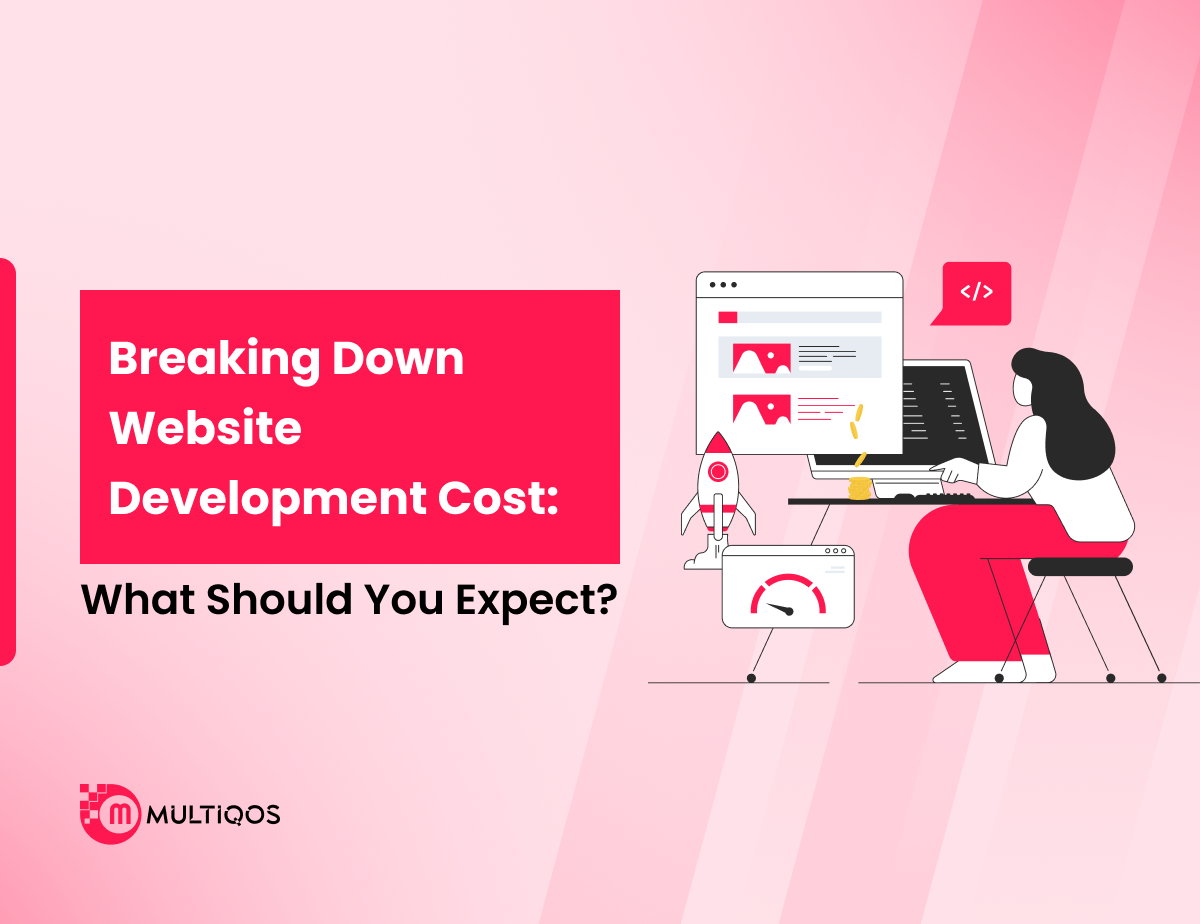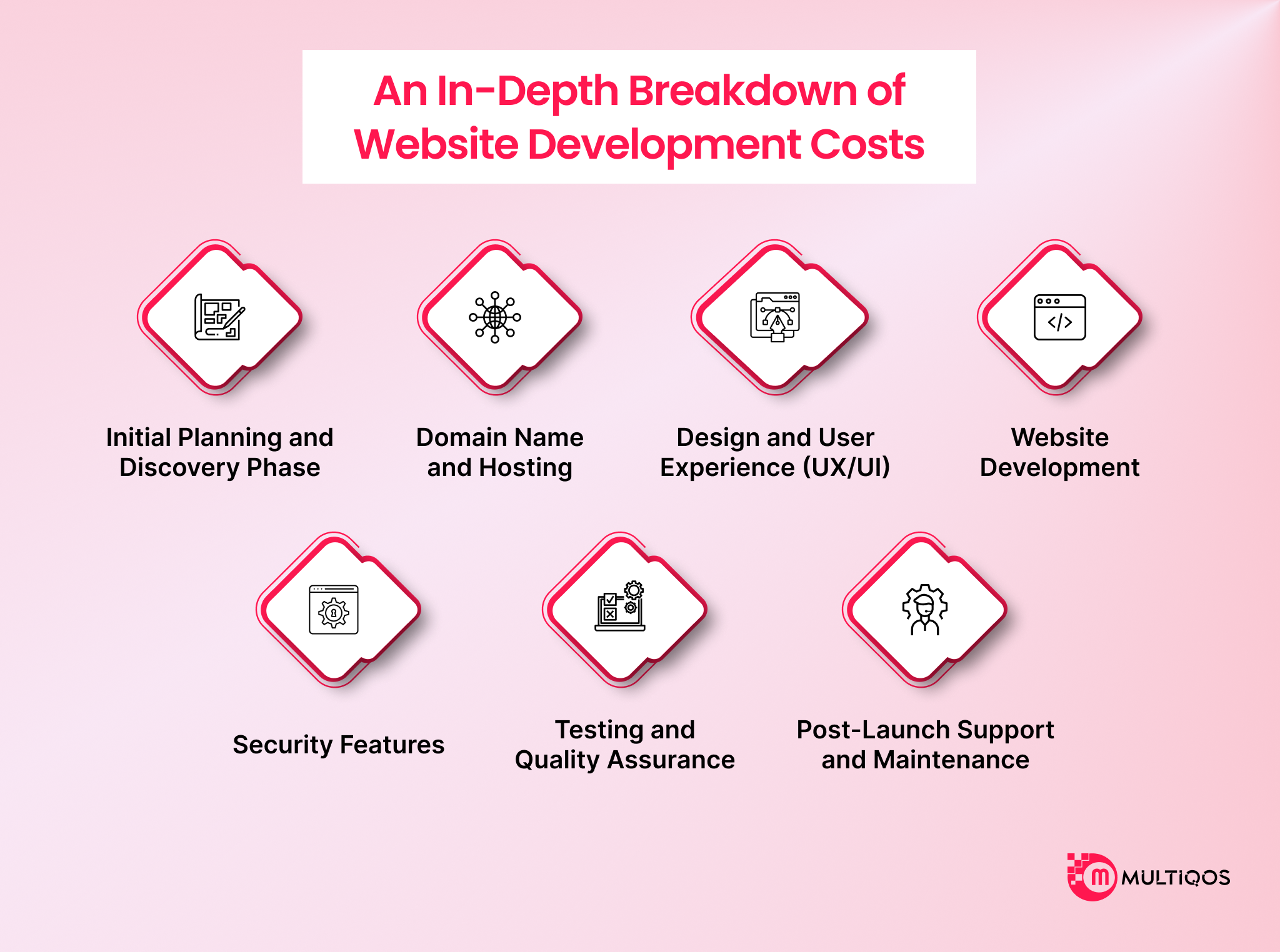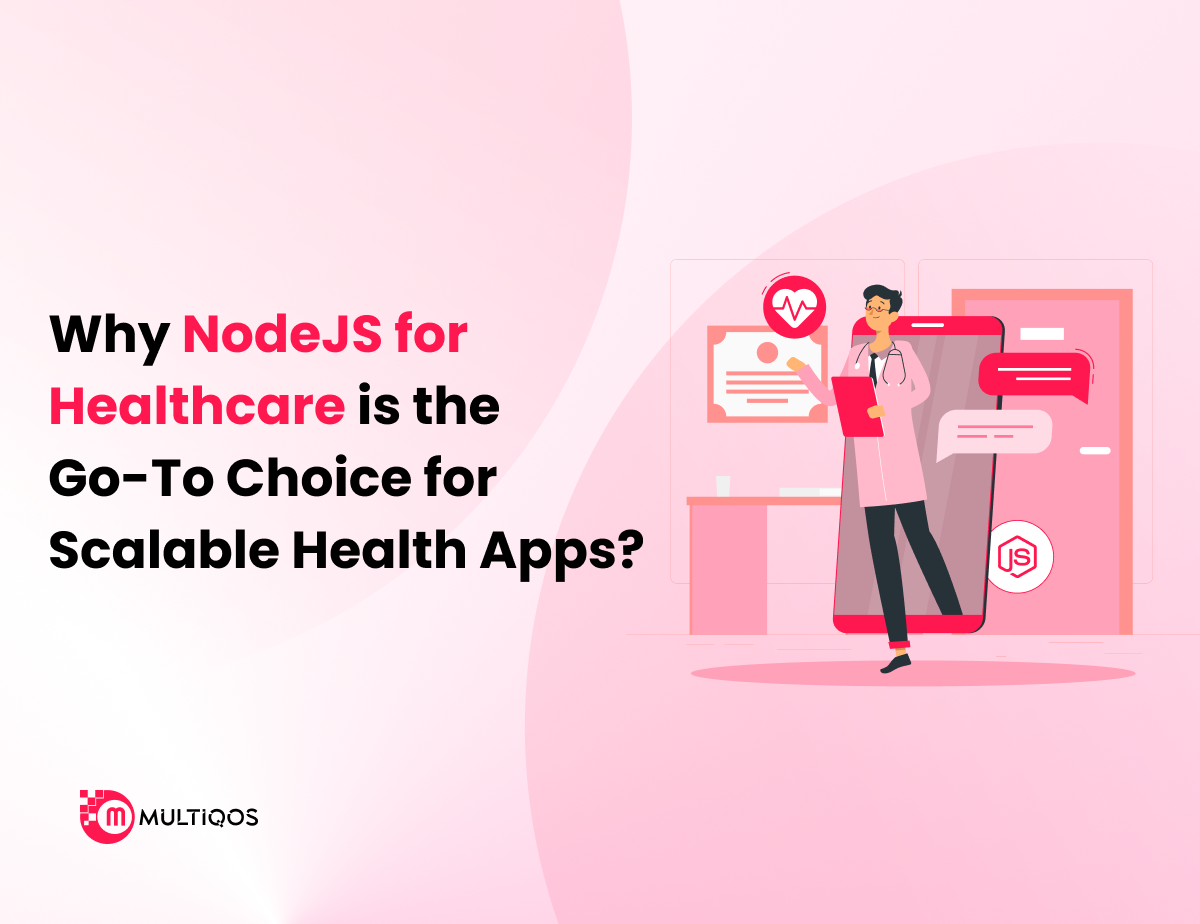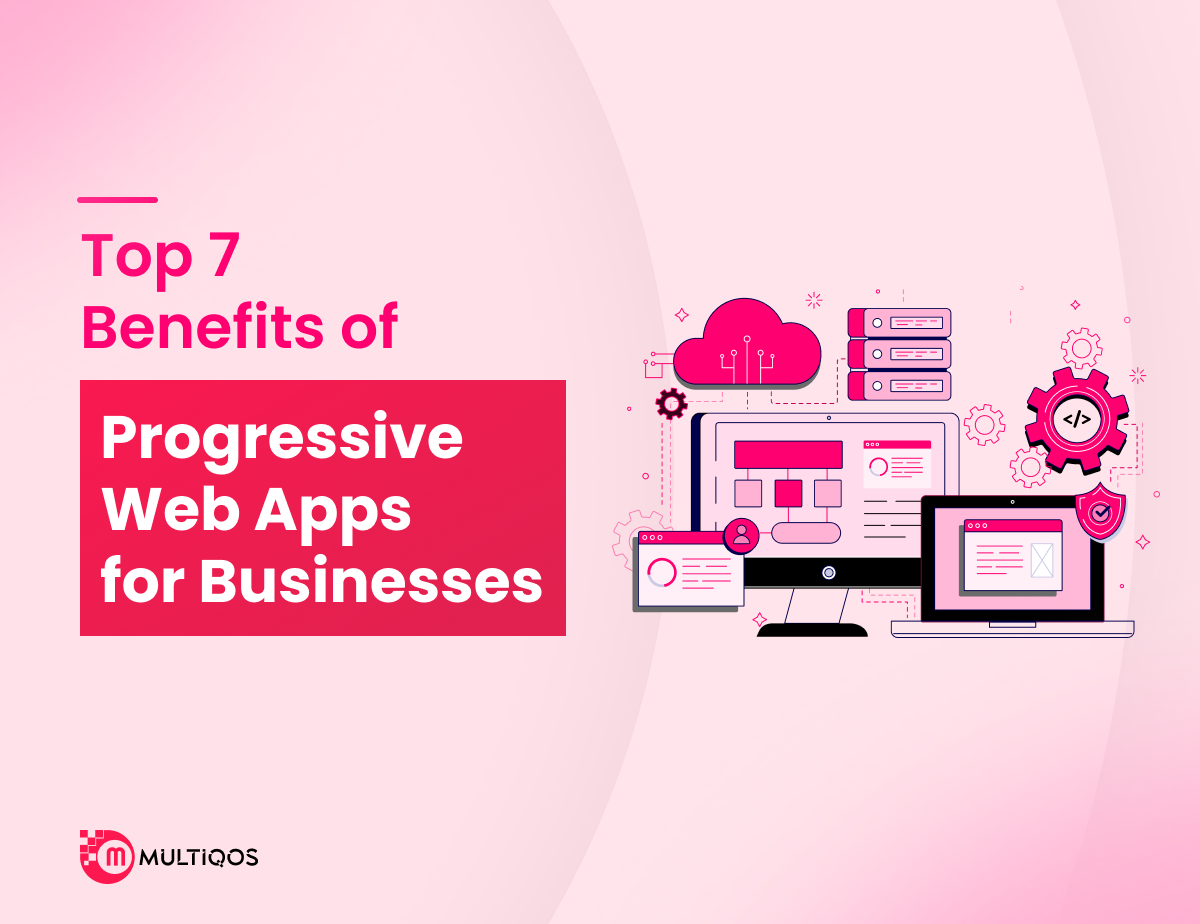Breaking Down Website Development Cost: What Should You Expect?

Summary:
Website development costs can vary widely based on several factors, including design complexity, features, and the type of website you’re building. From simple informational sites to feature-rich e-commerce platforms, understanding the breakdown of costs is essential for budgeting. Key elements influencing the cost include the design process, functionality requirements, and ongoing maintenance.
Additionally, choosing between hiring a freelancer, an agency, or using a DIY platform can significantly impact your budget. This blog dives into the various cost factors, helping you make informed decisions and plan for a successful website project that aligns with your business goals and budget constraints.
Introduction
The development of a website is much more than picking a template and making it “published”. Whether you are a small business owner, an entrepreneur, or someone with a big idea, the website development cost may be one of the most important factors in your project. But how much should you really expect to spend?
The truth is that the cost of developing the site is not a one-size-fits-all; they are different based on complexity, functionality, and the expertise you have chosen to bring your attitude into life. In this blog, we will break down the most important factors that affect the website development cost and help you understand how to budget for your next online company. So, without any further ado, let’s get started!
Key Factors That Affect Website Development Costs
- Types of Website: Simple websites with basic functionalities costs low as compared to complex sites with high-end features, such as e-commerce stores or web applications, which require cuttin-edge functionality, which increases the price due to payment systems, user accounts and product catalogs.
- Design Complexity: Template-based designs are cheap, but when adapted to animation or unique graphics, complex designs require more time and expertise, and costs increase significantly.
- Features and Functionality: Basic websites have simple features as a contact form, but advanced sites with customized features such as ordering systems, dashboards or integration provide complications and increase website development costs.
- Content Management System (CMS): Platforms such as WordPress or Shopify are cost-effective, but tailor-made CMS solutions for large websites or apps require more development, leading to a higher budget.
- Development Platform and Technology Stack: Sites produced on popular platforms are affordable, but tailor -made sites require more time, expertise and costs because of their complexity by using an answer or structure as a structure.
Developer Expertise and Location: Experienced developers or agencies require premium prices, and the location of your developers can affect pricing. Developers in North America or Europe use more than in other areas.
An In-Depth Breakdown of Website Development Costs
Website development is a versatile process that includes several stages, from planning to design, development, and launch. Understanding the costs related to creating a website is necessary to consider starting their online presence for businesses through web development services. In this guide, we will break down the various components that contribute to the website development costs and what they entail.
1. Initial Planning and Discovery Phase
Before the development begins, the planning phase is important. This involves setting overall, setting goals, defining target groups, and mapping the functionality of the site. The discovery phase ensures that the final product matches commercial purposes and provides a clear roadmap for developers and designers.
Key Cost Factors:
- Consultation Fees: If you are working for an online development agency or a consultant, the strategy expects to pay for your time on sessions.
- Market Research: Some websites require intensive research to understand market trends, competitors, and customer preferences.
Estimated Cost: $1,000 – $5,000+
2. Domain Name and Hosting
Every site requires a domain name (e.g., https://multiqos.com/) and hosting services to make the site available online. While the domain names are relatively cheap, the quality and type of hosting you choose can affect the total costs.
Key Cost Factors:
- Domain Registration: A Domain usually costs $10 to $50 per year, based on the popularity and specificity of the name.
- Web Hosting: Hosting prices range from budget shared hosting to more expensive dedicated server or cloud hosting.
- Shared hosting: $3 – $10/month
- VPS Hosting: $20 – $100/month
- Dedicated Hosting/Cloud Hosting: $100+/month
Estimated Cost: $100 – $2,000/year (based on the domain name and hosting plan)
3. Design and User Experience (UX/UI)
Design and user experience are important for the success of the site. The design should reflect the identity of the brand and ensure a smooth and spontaneous user journey. The complexity of the design can significantly affect the total costs.
Key Cost Factors:
- Custom Design: Personalized websites are more expensive than template-based designs, especially in accordance with your needs.
- Template-Based Design: It is often cheaper, but it can limit the uniqueness of your brand.
- Responsive Design: A website that works well on desktops, tablets, and mobile devices often requires extra development time.
Estimated Cost:
- Template Design: $500 – $2,500
- Custom Design: $2,000 – $15,000+
4. Website Development
The development phase involves creating a real website and converting the design into a work product. Developers write code, integrate any back-end system, and make sure everything is optimized for performance.
Key Cost Factors:
- Frontend Development: This is the visual part of the site that users interact with. Techniques such as HTML, CSS, JavaScript, and Frames such as React or Vue.js are used here.
- Backend Development: This includes server-side techniques such as PHP, Ruby, Python, Node.js and MySQL, PostgreSQL, or MongoDB.
- Content Management System (CMS): WordPress, Shopify, or tailor-made solutions that CMS can affect the complexity and costs.
- E-commerce Functionality: If you build an online store, e-commerce functionality will add costs, including payment port integration, inventory management, and order processing.
Estimated Cost:
- Simple Static Website: $1,000 – $5,000
- Custom Dynamic Website: $5,000 – $15,000
- E-commerce Website: $10,000 – $50,000+
5. Security Features
Security is necessary to protect user data, prevent hacks, and follow rules such as GDPR. The cost of security may vary depending on the level of the website’s requirements.
Key Cost Factors:
- SSL Certificate: SSL encryption is required to protect data transmitted between users and servers. SSL certificates can range from free to several hundred dollars per year.
- Website Security: Services such as usual scanning of malicious software, firewall protection, and DDoS attack restriction may be necessary for more complex or high-risk journeys.
Estimated Cost:
- SSL Certificate: $0 – $200/year
- Website Security Services: $50 – $500/month
6. Testing and Quality Assurance
When the site is created, it should be strictly tested to ensure that everything works properly, is responsible, and provides a spontaneous user experience. The test includes cross-browser compatibility, mobile responsiveness, and user interaction tests.
Key Cost Factors:
- Bug Fixes and Adjustments: When the site is tested, the developers must fix any problem or errors that occurs.
- Load Testing: If a large amount of traffic is expected to be handled from your site, the load test may be necessary to ensure that it works well under pressure.
Estimated Cost: $1,000 – $5,000
7. Post-Launch Support and Maintenance
After your site is live, it is important to have continuous support to correct any problems, keep the software up-to-date, and adapt to performance. Some developers or agencies offer maintenance plans, while others may demand a fee on a necessary basis.
Key Cost Factors:
- Content Updates: If you update the content, blog post, or product listing regularly, it can add to your maintenance costs.
- Software Updates: Ongoing updates for CMS, plugins, security patches, etc.
Estimated Cost:
- Monthly Maintenance: $200 – $2,000/month
- One-Time Updates: $50 – $200/hour
Total Website Development Costs:
The total website development costs can vary greatly depending on the complications, functions, and levels of web application performance optimization. Below are some rough estimates based on different types of websites:
- Small Business Website: $2,000 – $10,000
- Medium-sized Business Website: $10,000 – $50,000
- Enterprise Website or E-Commerce Site: $50,000 – $250,000+
Note: These are general estimates and may vary depending on the specific requirements for the project, fields, and expertise of the developers or agencies.
Wrapping Up
In a world of website development, no “one-size-fits-all” value day. From the complexity of the design you will have different costs, to efficiency, the cost of your site will be different. However, understanding the most important factors that affect pricing keep you checking the budget and expectations.
Either you choose a DIY solution or a more polished one, choose to hire web developers to customize the website, take time to plan further, and meet both your site goals and your financial needs. By assessing all elements, from design and materials to maintenance and future scalability, you will be better equipped to make the right choice and create a website that actually works for your business.
FAQs
At MultiQoS, we prioritize an analog approach to each project. We focus on understanding your business goals, your target audience and unique features you required, and then designing and building a website that not only gets, but more than your expectations. Our team combines creativity with technical expertise and ensures a beautifully attractive, very functional and customized site.
The website development costs can vary widely depending on many factors, where the complexity, design and functionality of the site you want, the development team experience, and whether you are building from scratches or using a template. Custom functions, integration of e-commerce, SEO, and continuous support also contribute to the price difference.
A basic site usually uses pre -made templates and minimal optimization, making it cheaper. On the other hand, a tailor -made website involves a unique design, sequential features and often more complex functionality, making it more expensive, but it provides more flexibility and a more individual user experience.
You can contact us by filling out our contact form on our website, or you can plan a free consultation for personal discussion of the project’s needs, goals and how we can help.
To start, it helps if you can share some important details about your project, such as your business goals, favorite design style, any specific features (eg e-commerce or contact form), budget and timeline. If you have the content ready (texts, pictures, etc.), it is very good, but if not, we can also help you in the formation of the material. With this information we will be able to provide a customized proposal that corresponds to your vision and requirements.
Get In Touch







